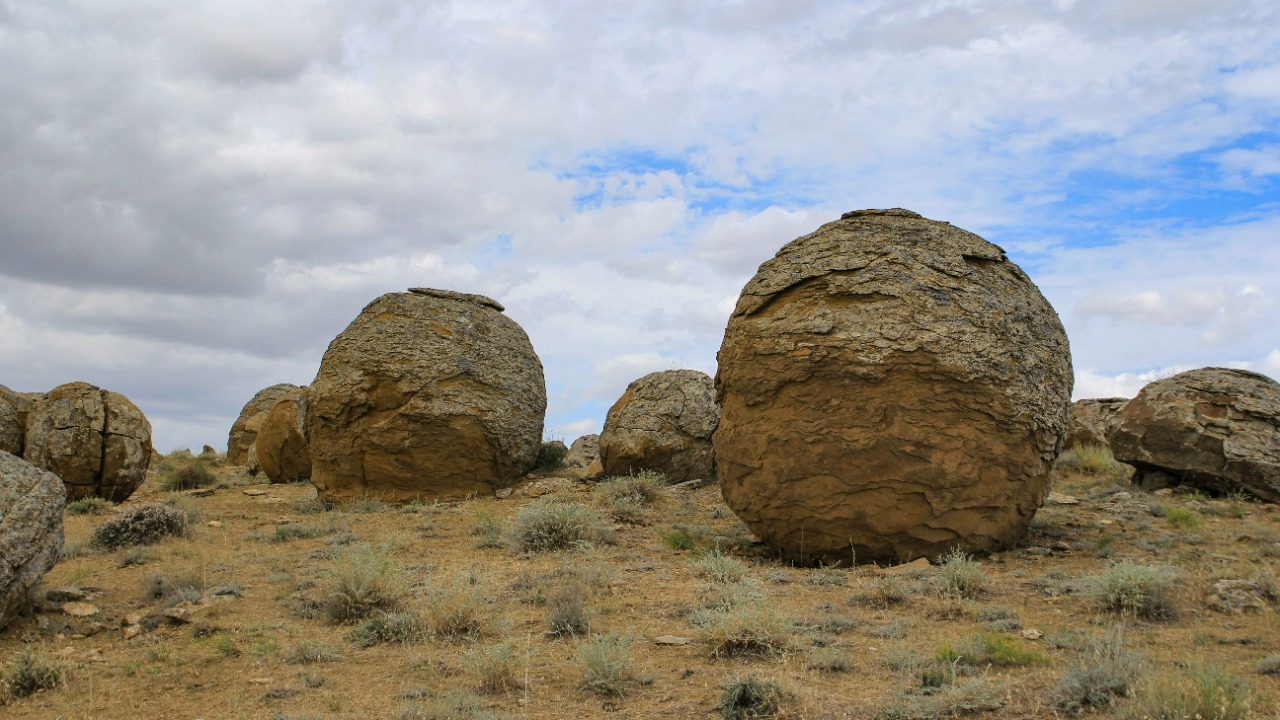
Our understanding of ancient civilizations is constantly challenged by newly discovered ruins that defy mainstream historical and archaeological explanations. These fascinating remnants of the past intrigue scientists, archaeologists, and history enthusiasts alike. Here are 15 such ruins that, based on what we know about ancient civilizations, shouldn’t exist.
The Great Sphinx of Giza, Egypt: A Puzzling Antiquity
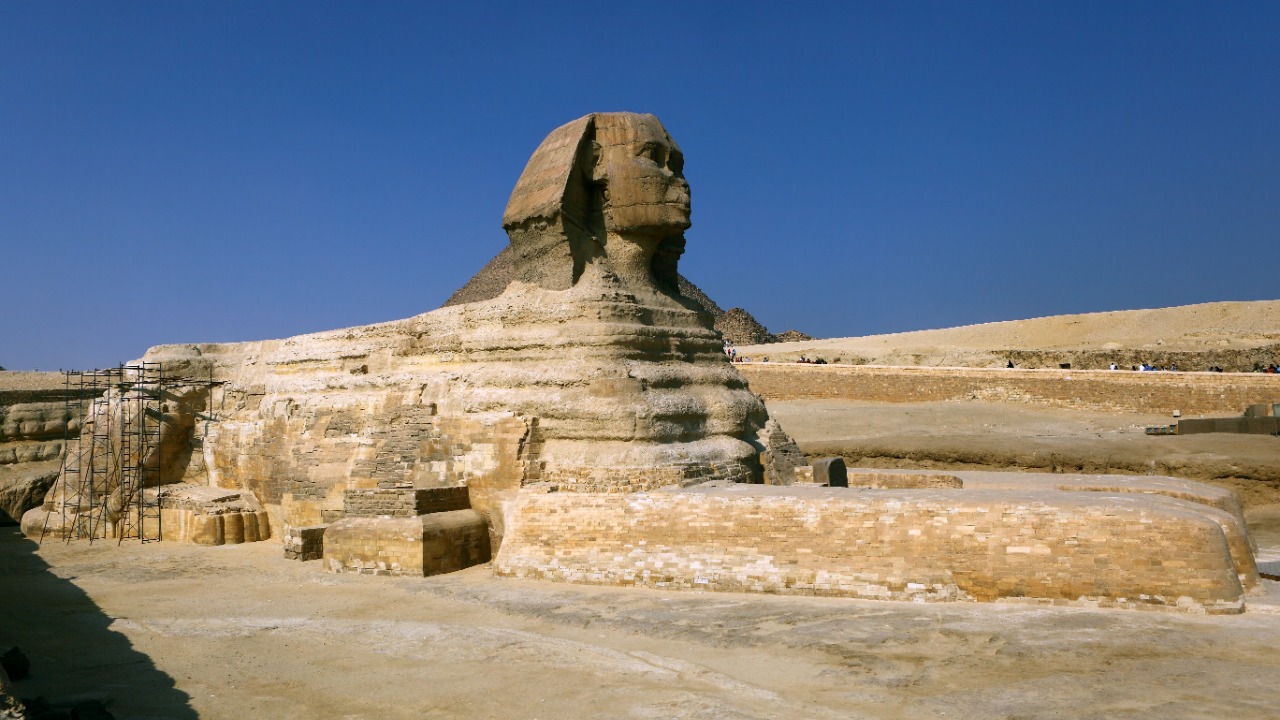
The Great Sphinx of Giza, a colossal limestone statue of a mythical creature with a lion’s body and a human head, is believed to have been built by the ancient Egyptians. However, the precise age of the Sphinx remains a mystery, with some experts suggesting it predates the dynastic era. This hypothesis, if true, challenges our understanding of ancient Egyptian civilization and their architectural capabilities.
The Mysterious Stone Spheres of Costa Rica

Scattered across the Diquís Delta in southern Costa Rica are hundreds of almost perfectly round stone spheres. Their origin, purpose, and method of construction are unknown, although they date back to the pre-Columbian era. The meticulous shaping of these spheres with only primitive tools defies our understanding of the technological capabilities of ancient Costa Rica.
The Unexplained Underwater Ruins of Yonaguni, Japan
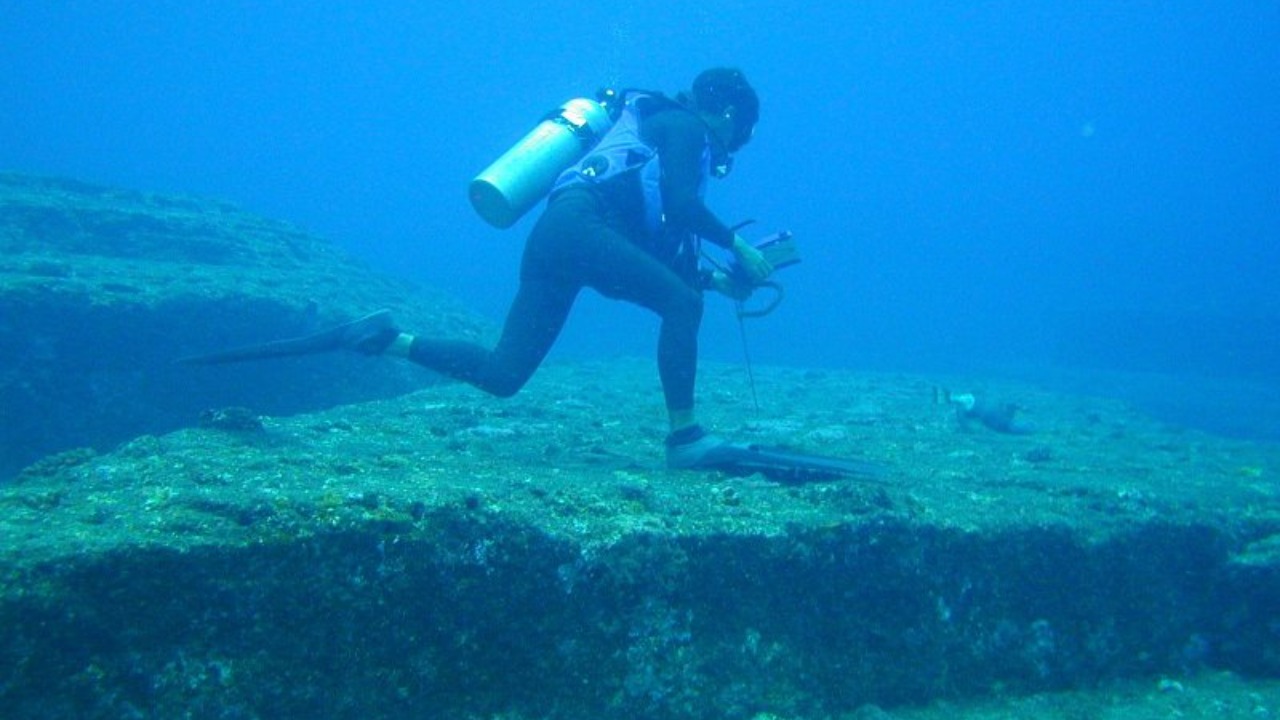
The underwater ruins of Yonaguni near the southernmost tip of Japan are an enigma. Some believe the intricate stone formations and pathways are the remnants of an ancient civilization that existed when the area was above sea level. However, others assert that they are natural formations. Their existence challenges our understanding of sea level changes and the timeline of human settlement in the region. For more fascinating details, visit the ancient underwater ruins of Yonaguni.
Teotihuacan, Mexico: A City of Unknown Origin
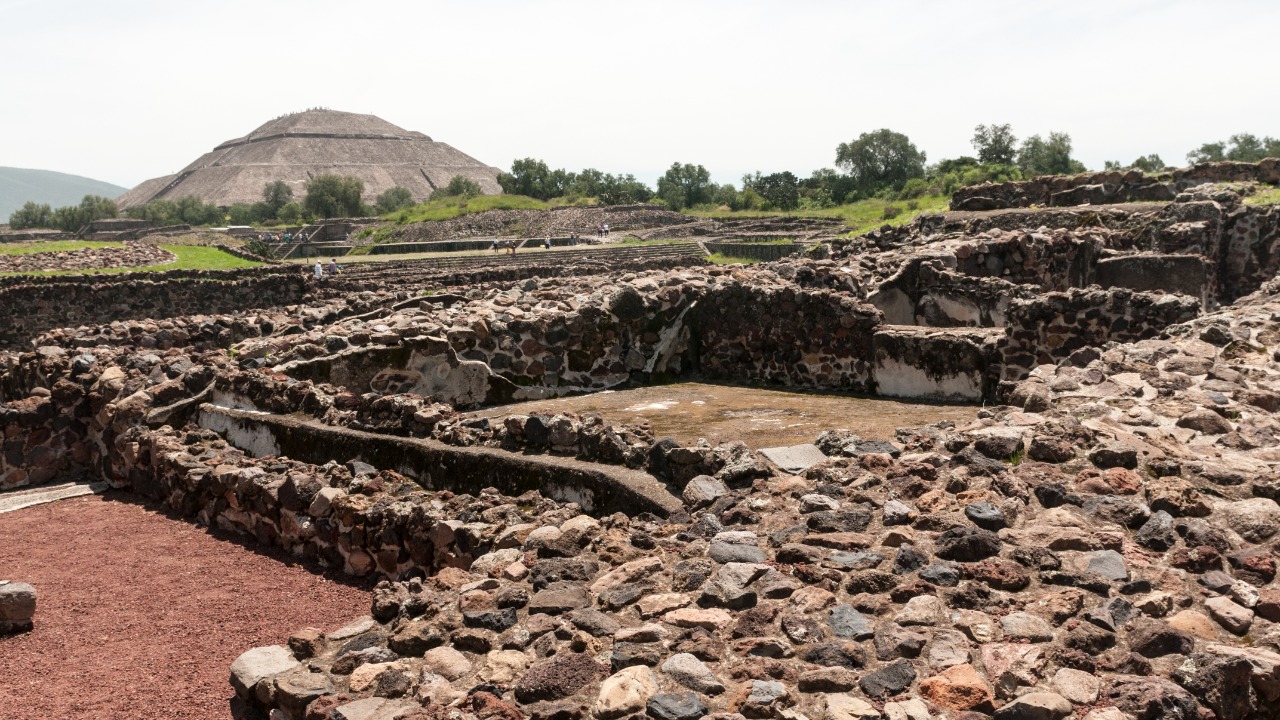
Teotihuacan, an ancient city located in the Basin of Mexico, is home to some of the most architecturally significant Mesoamerican pyramids built in the pre-Columbian Americas. Yet, despite its archaeological importance, the identity of its builders remains a mystery. This lack of knowledge challenges our understanding of the cultural and political history of ancient Mesoamerica.
Gobekli Tepe, Turkey: Predating Known Civilizations
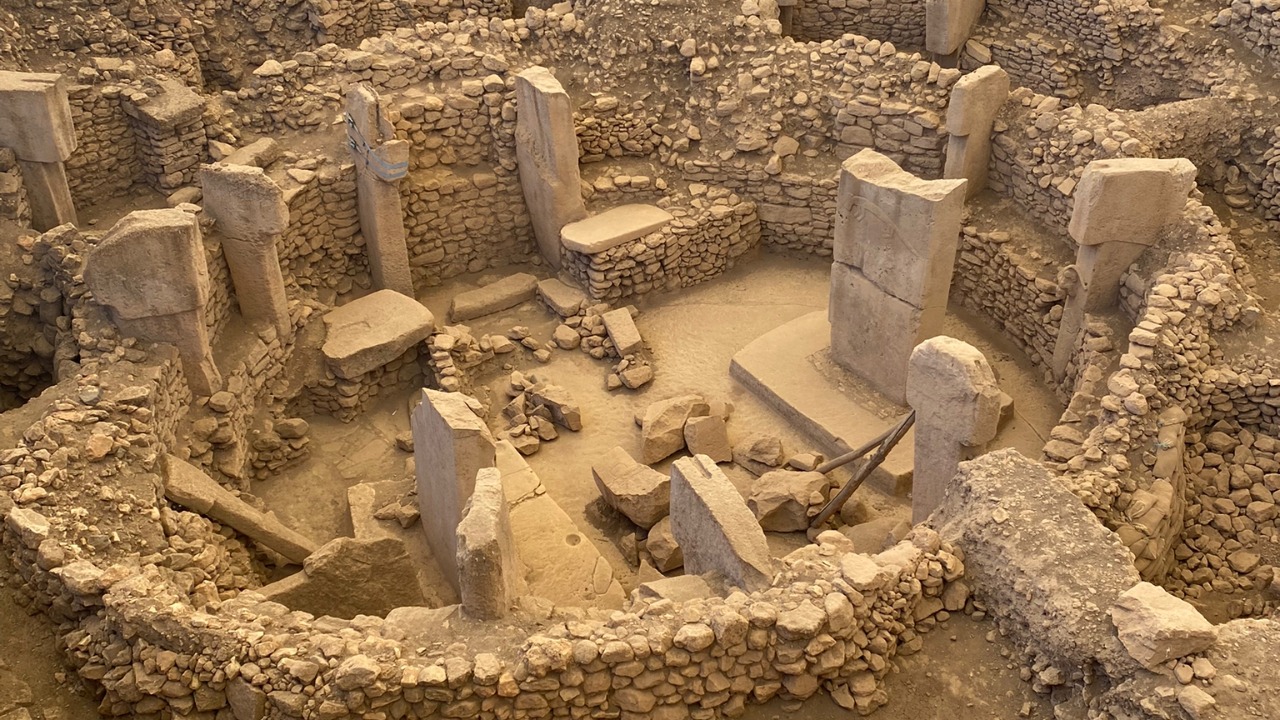
Gobekli Tepe, located in southeastern Turkey, is an archaeological site dating back to the 10th–8th millennium BCE. Its complex of massive stone pillars arranged in circles predates Stonehenge by several millennia, pushing back the timeline of known human architectural activity. Their existence suggests that organized religion could have come before the rise of agriculture and settled communities, a theory that contradicts the conventional understanding of human history.
The Lost City of Petra, Jordan: An Architectural Anomaly
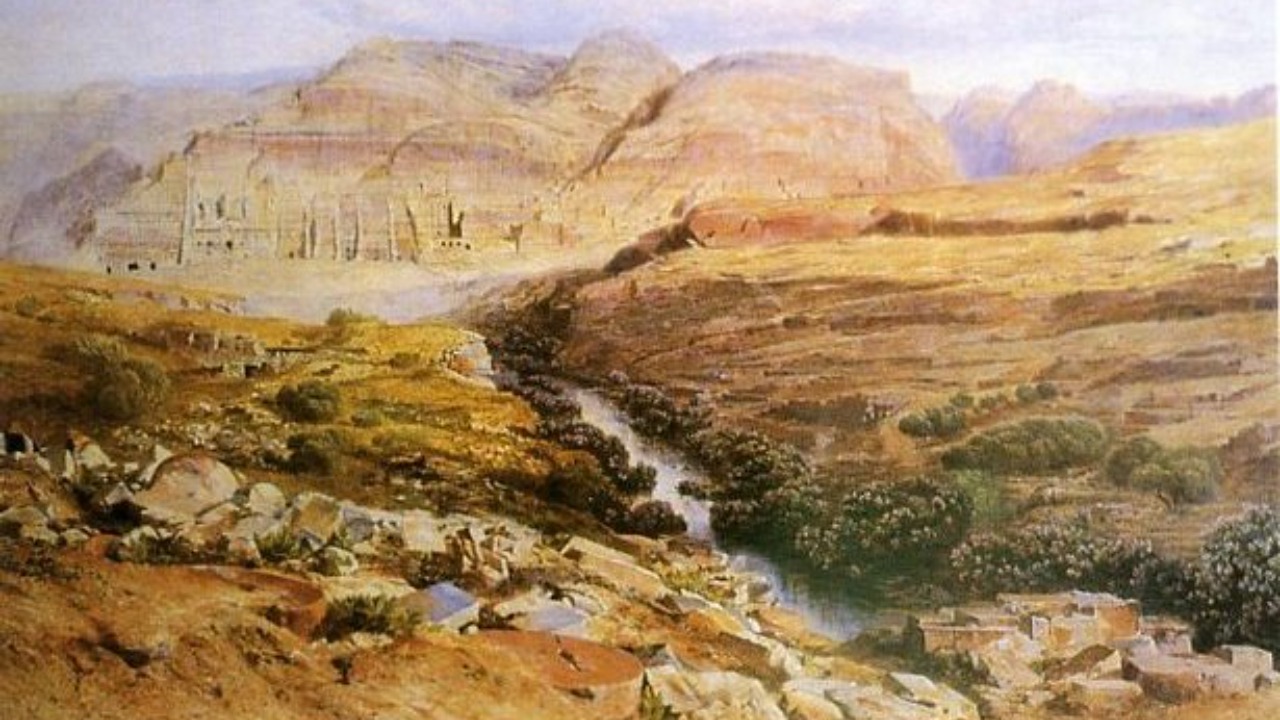
The ancient city of Petra, carved directly into vibrant red, white, and pink sandstone cliff faces, was the capital of the Nabatean Arabs. The city’s architectural style is unique, with influences from Assyrian, Egyptian, Hellenistic, and Roman cultures. The precise tools and methods used to carve this city out of cliffs remain a mystery, challenging our understanding of ancient construction techniques.
The Enigmatic Nazca Lines of Peru
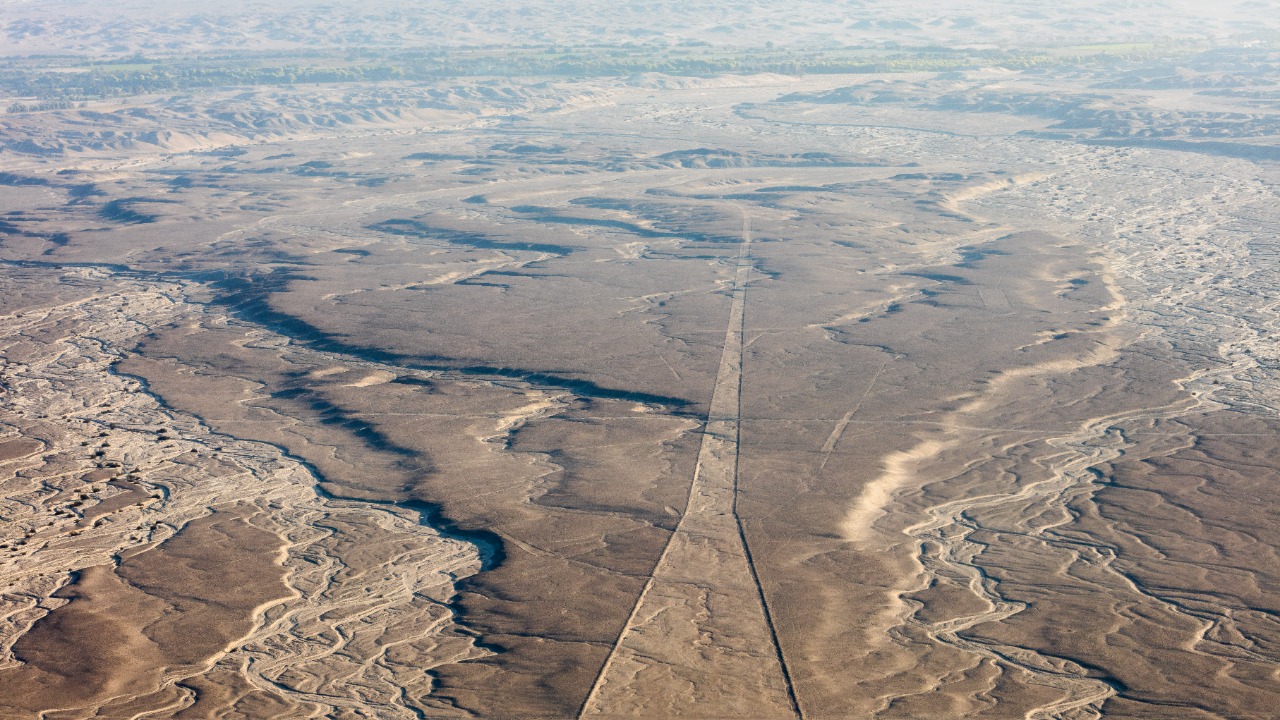
The Nazca Lines, a group of geoglyphs etched into the desert sands of southern Peru, remain an enigma. The lines form intricate designs of animals, plants, and geometric shapes when viewed from the air. Their purpose, method of construction, and means of maintaining their visibility for over 2,000 years remains an unsolved mystery, defying our understanding of the technological capabilities and cultural practices of the ancient Nazca civilization.
Machu Picchu: The Unsolved Mystery of the Incas
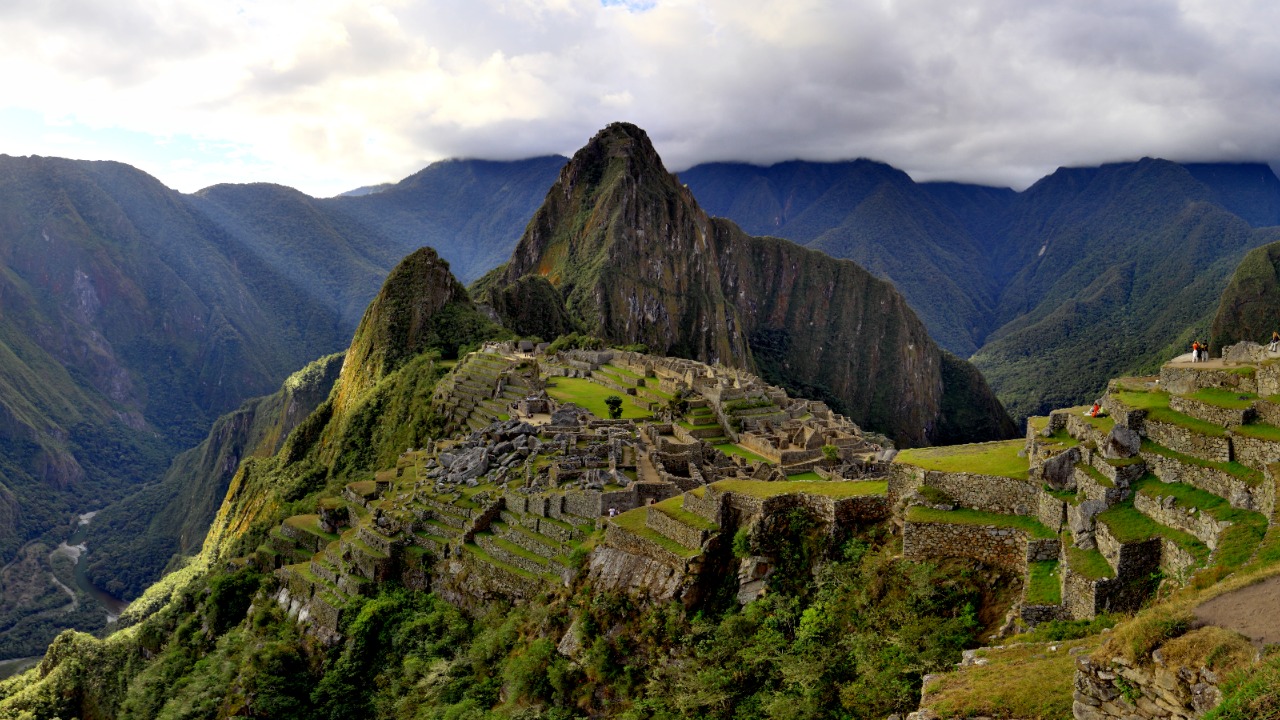
The Incan city of Machu Picchu, perched high in the Andes, is one of the world’s most famous archaeological sites. However, many questions about its construction, use, and eventual abandonment remain unanswered. The precision of the stonework, without the use of mortar, and the city’s advanced water management system challenge our understanding of Incan engineering skills.
The Megalithic Temples of Malta: Older Than the Pyramids

The Megalithic Temples of Malta, a group of several prehistoric temples, are some of the oldest free-standing structures in the world, predating the Egyptian pyramids. Their existence pushes back the timeline of architectural capabilities in human history. The temples’ complex layout and intricate, decorative facades also suggest a level of planning and design that challenges our understanding of prehistoric civilizations.
The Saksaywaman Fortress, Peru: A Marvel of Ancient Engineering
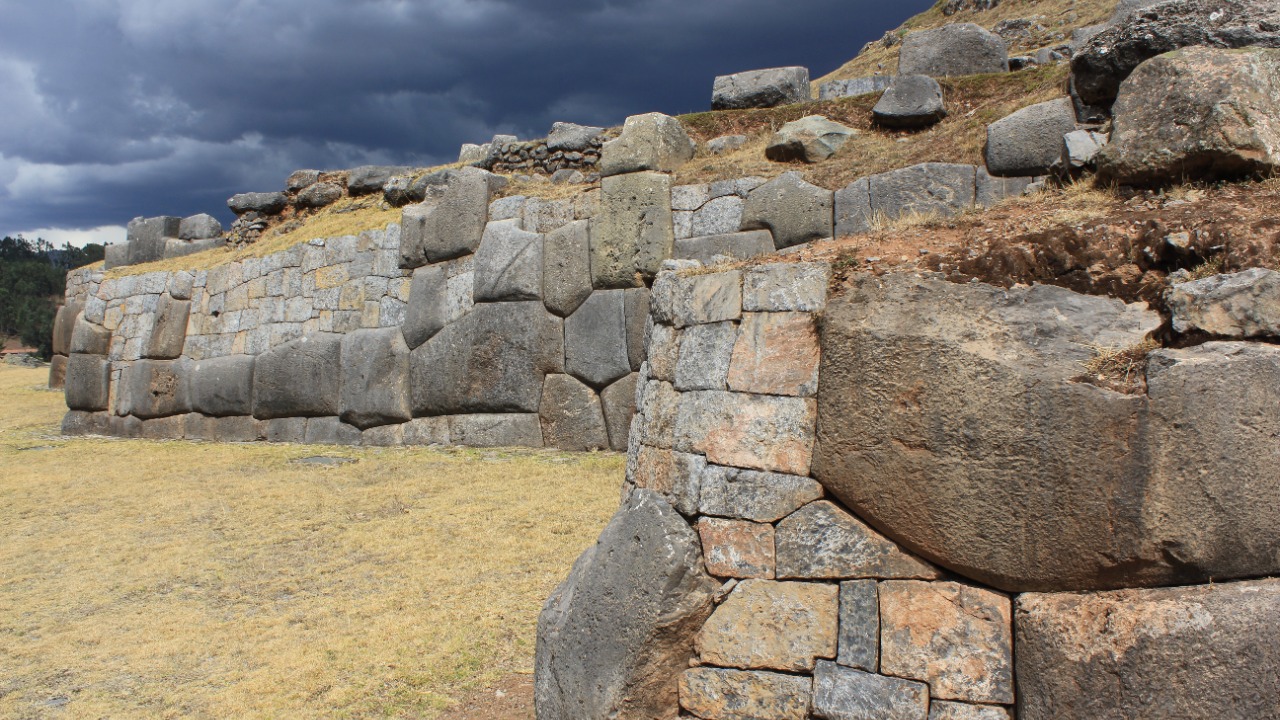
The Saksaywaman fortress in Cusco, Peru, is a marvel of ancient engineering. The massive stones used in its construction are cut and fitted together with such precision that no mortar was needed. This level of craftsmanship, achieved with rudimentary tools, defies our understanding of Inca’s architectural abilities and challenges conventional archaeological theories.
The Uncharted Ruins of Nan Madol, Micronesia
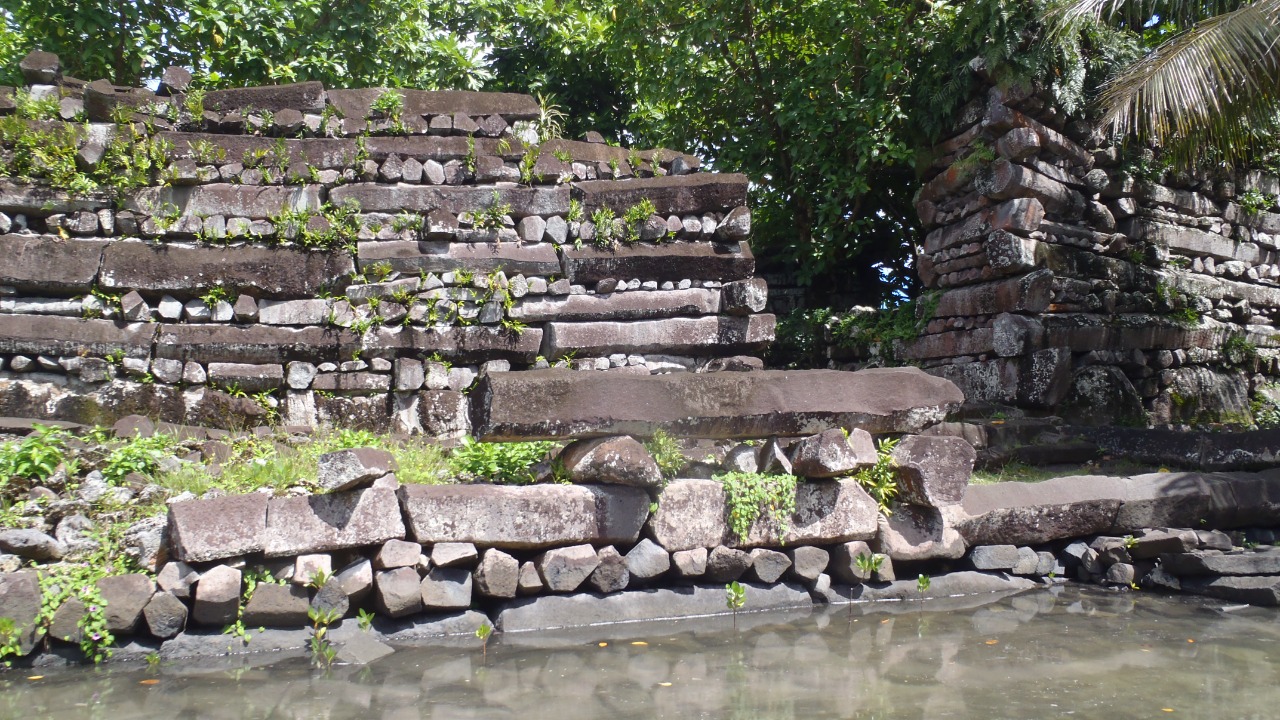
Nan Madol, a series of artificial islands and canals in Micronesia, is often referred to as the “Venice of the Pacific.” The city’s construction, with its massive basalt logs, coral fill, and intricate network of canals, challenges our understanding of the architectural capabilities of the ancient Pacific Islanders.
The Prehistoric Stonehenge of England
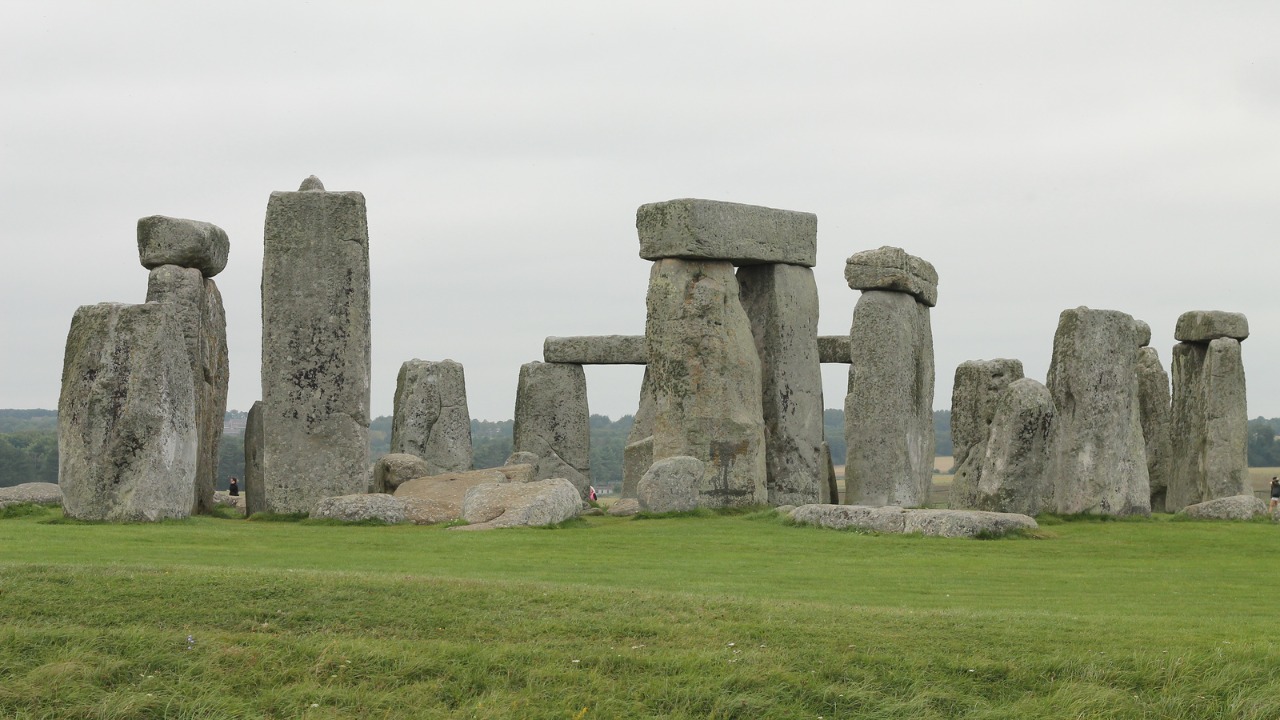
The prehistoric monument of Stonehenge, located in Wiltshire, England, is one of the world’s most famous archaeological sites. The monument’s massive stones, some weighing as much as 25 tons, were transported over significant distances, a feat that challenges our understanding of the capabilities of Neolithic people. The purpose of Stonehenge, whether as a place of burial, a ceremonial site, or an astronomical observatory, remains a mystery.
The Enigmatic Ellora Caves, India: A Single Rock Architectural Marvel
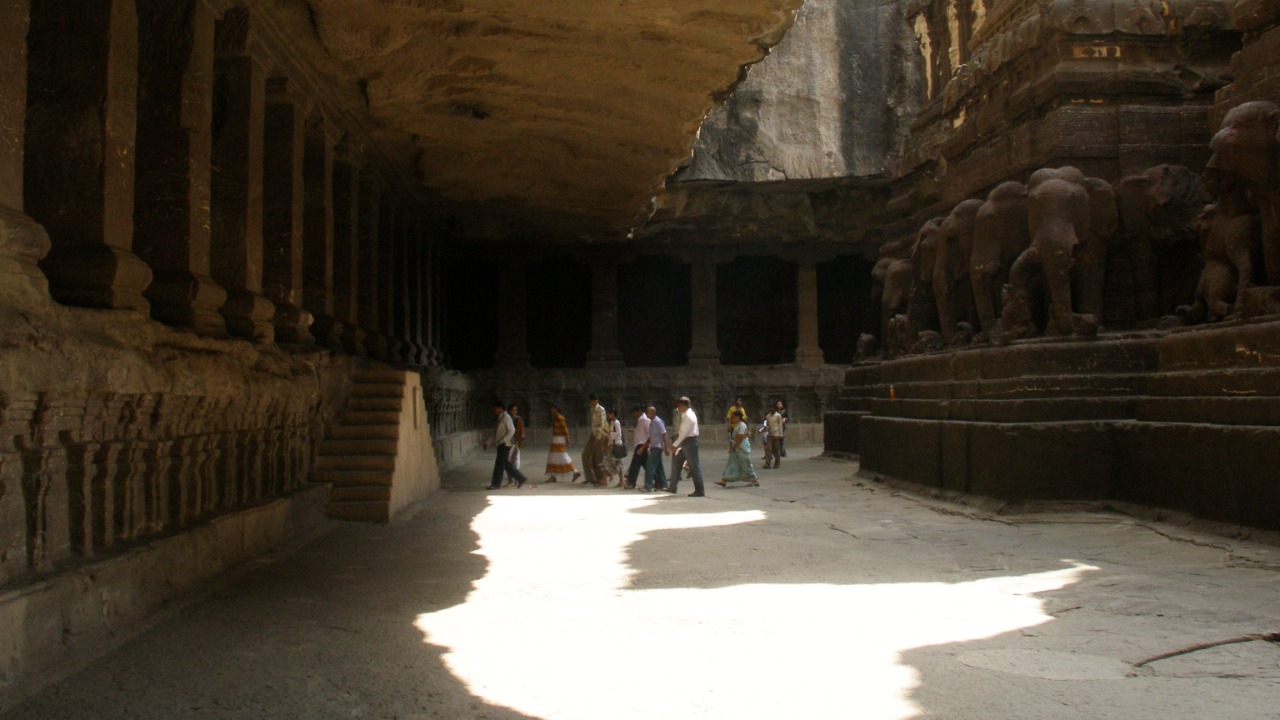
The Ellora Caves, a series of 34 temples and monasteries carved directly out of the Charanandri hills, display an impressive range of architectural and artistic styles. The Kailasa Temple, the largest monolithic structure in the world, was carved from a single rock, a feat that challenges our understanding of ancient Indian engineering skills.
The Unexplainable Moai Statues of Easter Island

The Moai statues of Easter Island are a collection of massive stone figures carved by the Rapa Nui people. The precise methods used to carve, transport, and erect these statues remain a mystery. Their existence challenges our understanding of the technological capabilities and societal organization of the ancient Polynesian civilizations. For more captivating details about these statues, visit this discussion on ancient artifacts.
Our understanding of ancient civilizations continues to evolve as new discoveries are made and existing ones are further explored. These ruins remind us of the vastness of human history and the complexities of ancient societies. They also challenge our notions of progress, suggesting that ancient civilizations possessed knowledge and skills that continue to astound us.